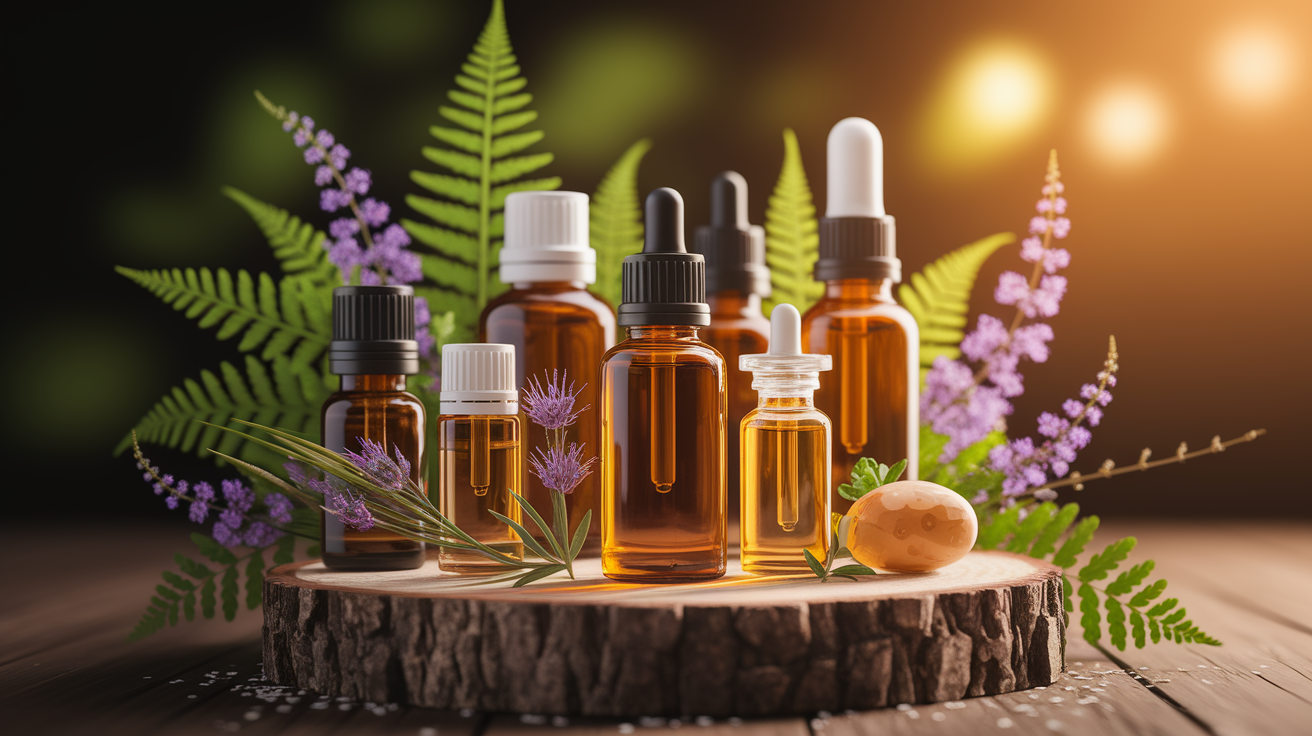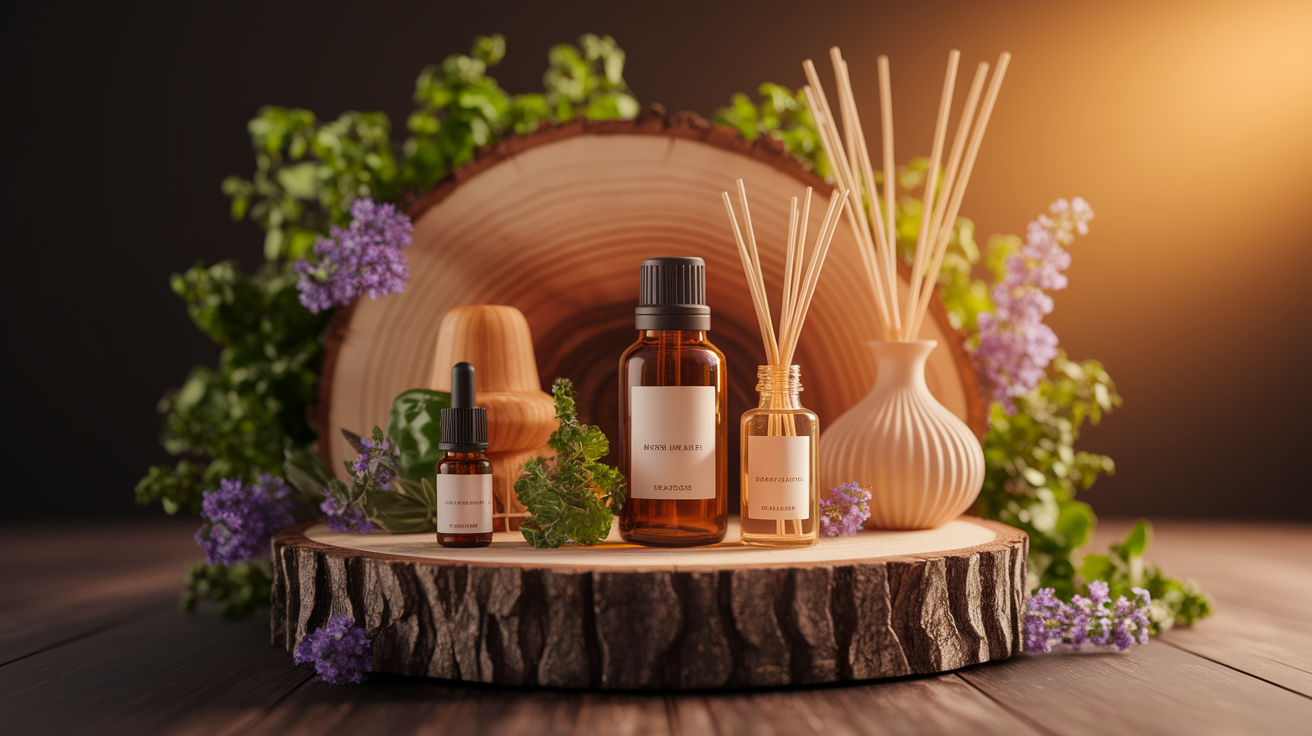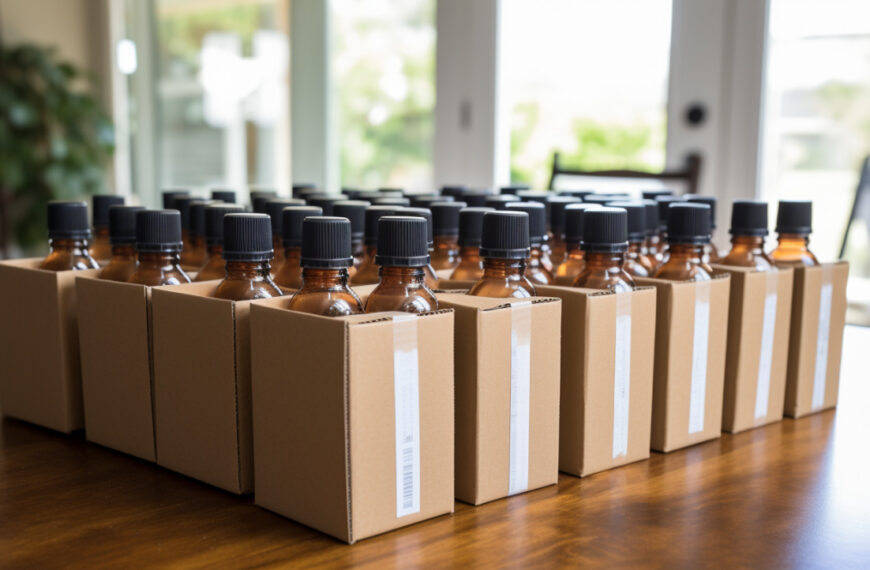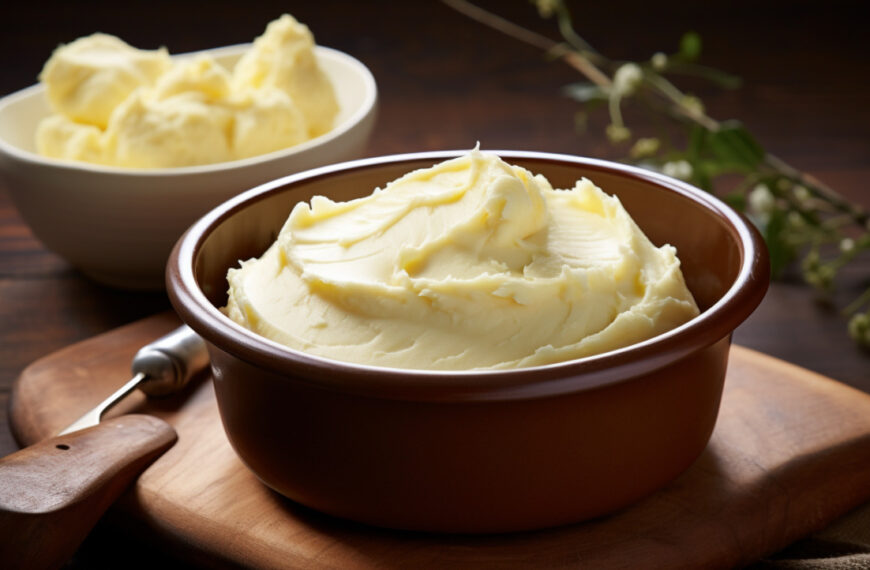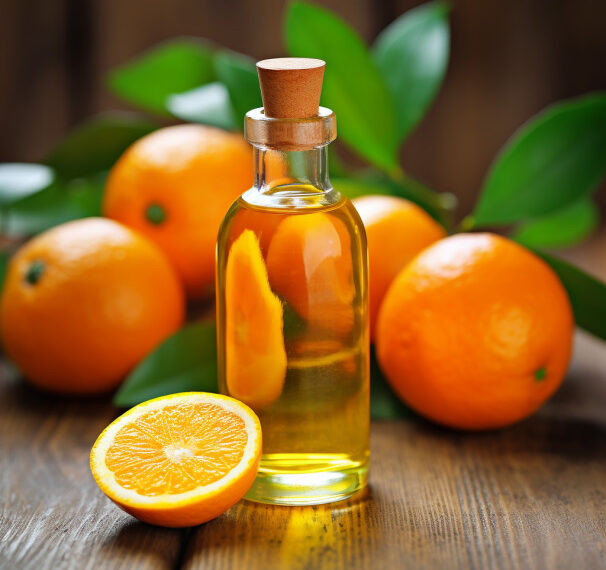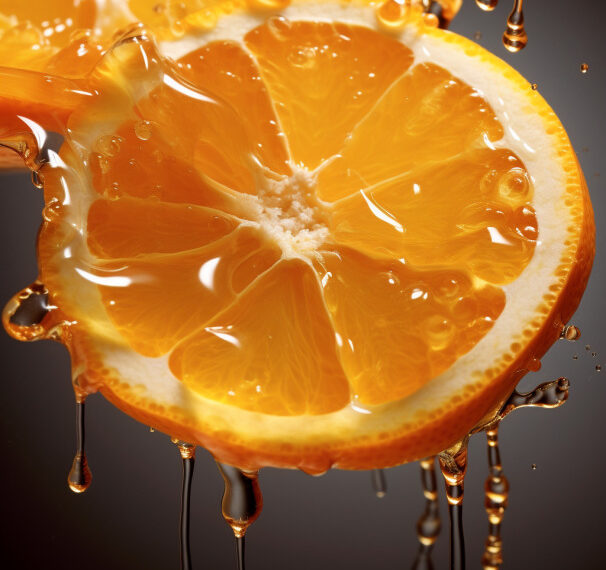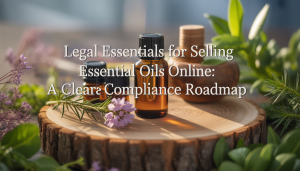Introduction – Aroma to Alarm: The Ecotoxicity Snapshot
There’s something almost magical about the scent of freshly distilled essential oils—until you realize what’s hiding in the wastewater left behind. That crystal-clear liquid isn’t harmless; it can carry a cocktail of potent organic compounds, fats, salts, and residues that make environmental scientists sit up straight. I’ve seen wastewater so rich in oil and volatile compounds it clings stubbornly to surfaces and resists conventional cleanup. And when it slides into rivers or streams, it’s not just disappearing—it’s starting a chain reaction of ecological trouble that’s hard to ignore. The leap from “beautiful aroma” to “alarm bell” can happen faster than you’d think.
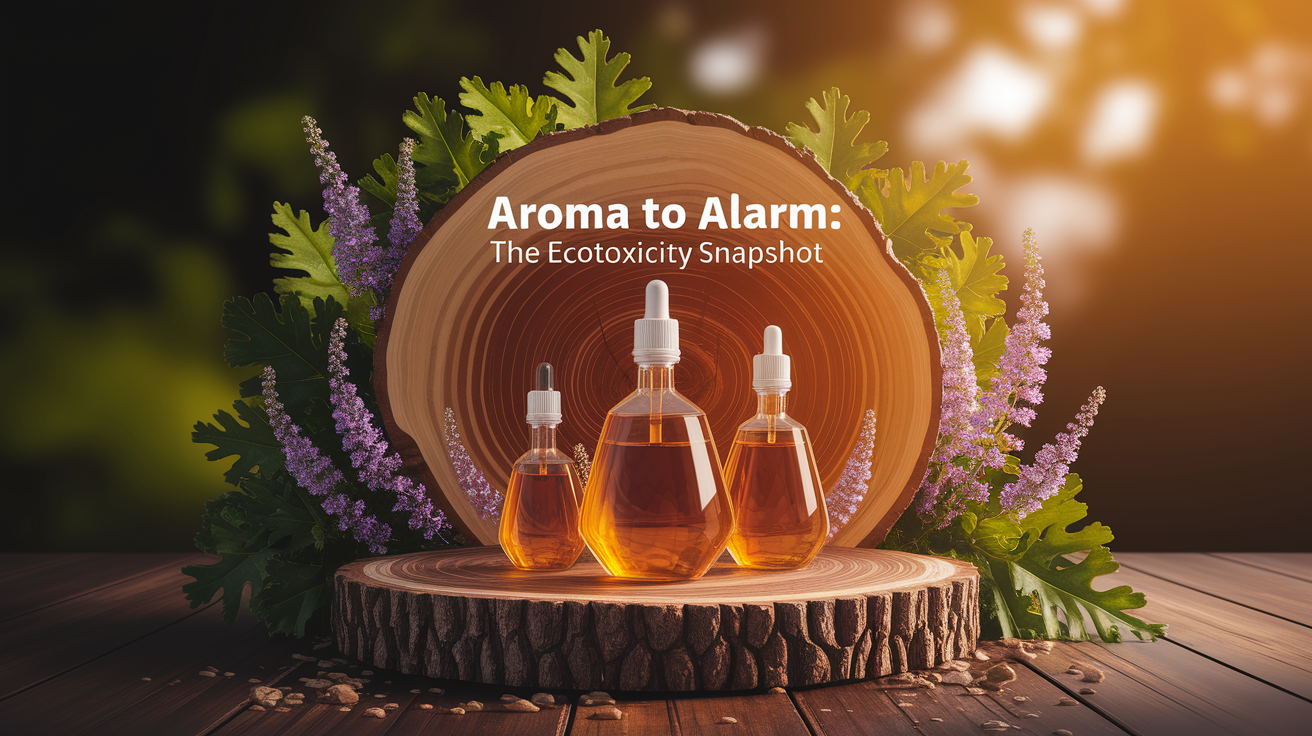
What Makes Essential Oil Wastewater Toxic
Essential oil wastewater carries more than just a hint of fragrance—it’s often loaded with terpenes, phenolic compounds, and other antimicrobials that are tough on living systems. According to technical wastewater treatment reports, the organic load is high and oily, creating a biological oxygen demand (BOD) spike that suffocates aquatic organisms. Many of these compounds resist biodegradation, meaning they persist in the environment for longer than you’d expect. They can inhibit microbial activity in treatment systems and septic tanks, as noted by septic system safety research. It’s this persistence, combined with their bioaccumulative nature, that edges the problem into the realm of ecotoxicity.
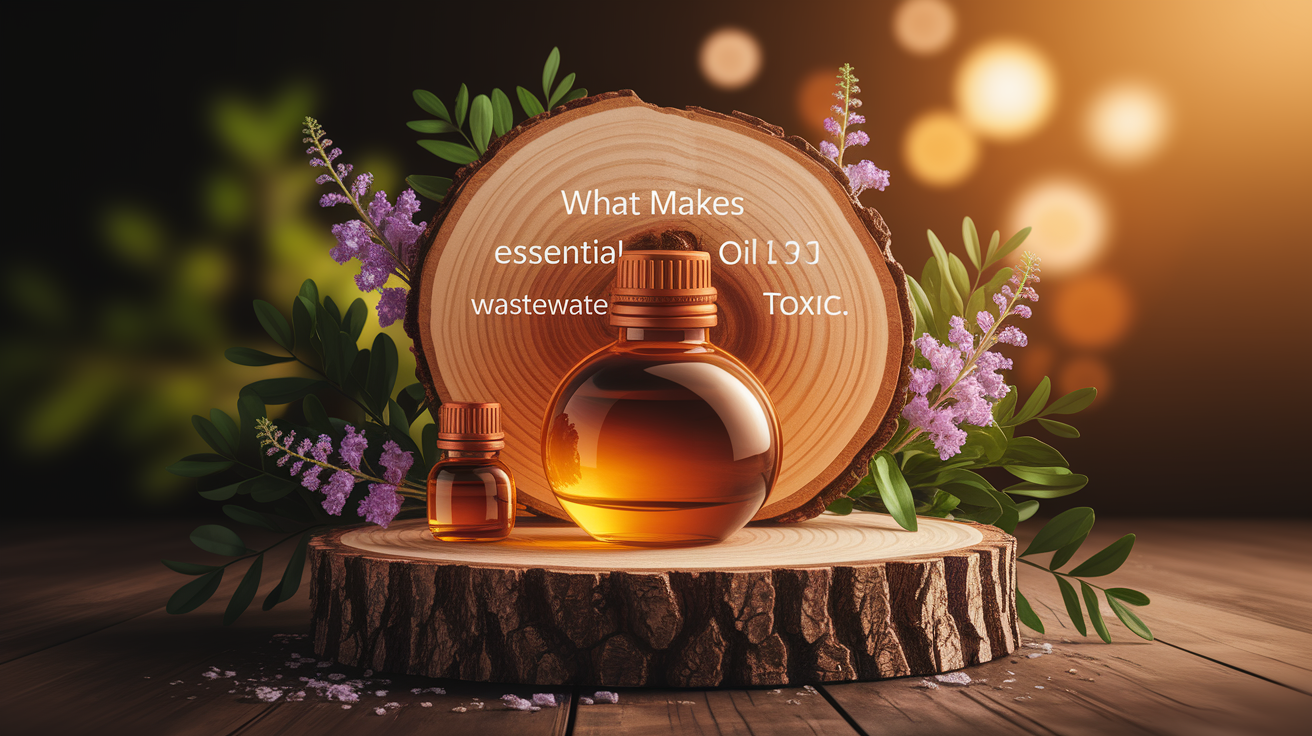
Environmental Impacts on Aquatic Ecosystems
The real eye-opener is what happens after essential oil wastewater escapes into nature. Even trace amounts can have aquatic toxicity effects on organisms like Daphnia magna, algae, and fish. These impacts aren’t always immediate; chronic exposure can disrupt breeding cycles, feeding patterns, and even endocrine systems in sensitive species. Research from environmental impact studies shows that essential oils’ antimicrobial properties, while useful in medicine, can devastate natural microbial communities needed for nutrient cycling in water and soil. The end result: impaired biodegradation and slower ecosystem recovery, a quiet damage that builds over time.

Treatment Strategies and Pre-Treatment Essentials
I’ve watched oily wastewater confound even seasoned plant operators—biological systems just choke unless the load is cut down first. Pre-treatment is like opening the lane before the clean-up crew arrives. This can mean separating oils and fats mechanically, or breaking down stubborn compounds through advanced oxidation processes or chemical dosing. According to guidelines in the industrial treatment overview, getting the pH, nitrogen, and phosphate levels balanced before biological treatment is critical. It’s the difference between a smooth microbial process and a complete flop.
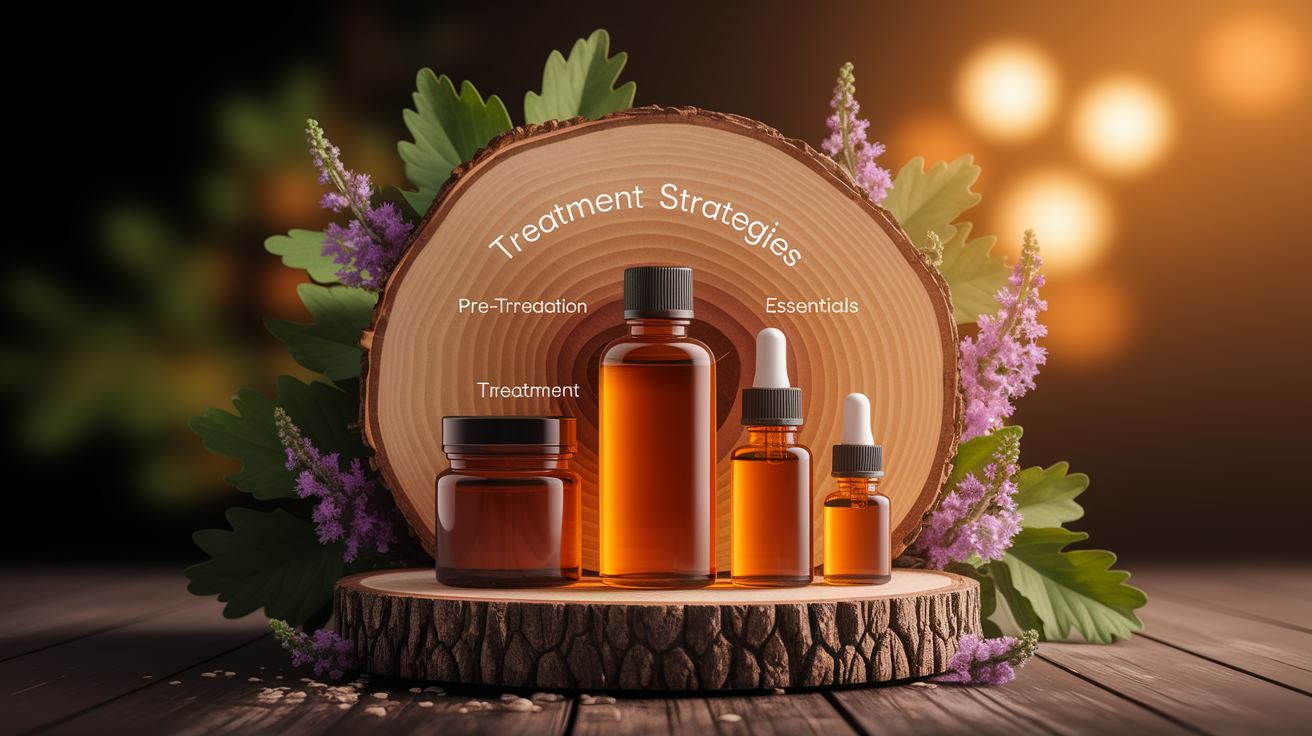
Biological Treatment and Process Control
Once pre-treatment clears a path, biological treatment steps in. Activated sludge systems or biofilm reactors can work well—but they’re fussy about conditions. You tweak the airflow here, adjust the sludge age there, because those microbes are your frontline workers against environmental pollution. If they’re stressed by high concentrations of terpenes or phenolics, treatment efficiency plummets. Mixing advanced physico-chemical methods with biological processes, as noted in research into water reuse for essential oil plants, can boost effectiveness. Some facilities even reclaim treated water for agricultural irrigation, cutting freshwater demand while keeping emissions in check.
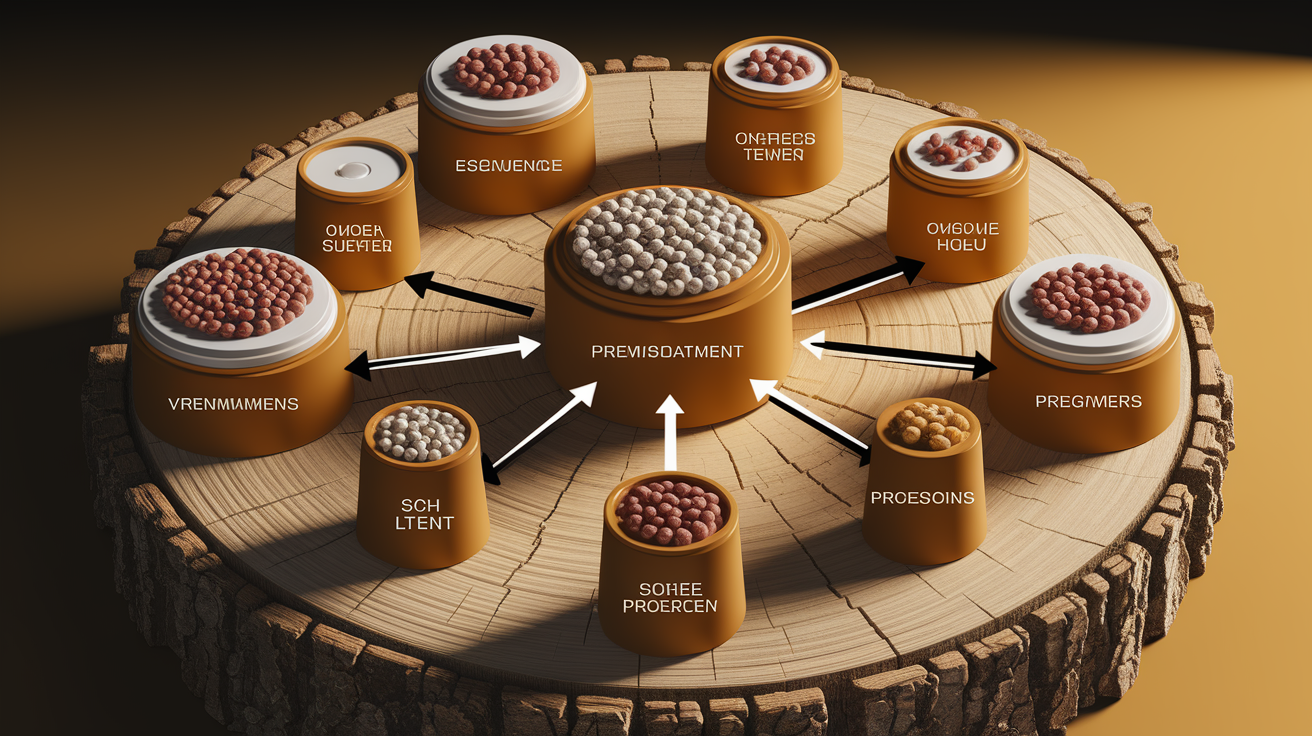
Best Practices for Wastewater Management in Essential Oil Production
Dealing with essential oil wastewater isn’t just about installing technology—it’s about mindset. Best practices include:
- Implementing rigorous pre-treatment to handle high organic loads and oily contaminants.
- Keeping close watch on parameters like pH, nutrient balance, and dissolved oxygen during biological treatment.
- Using environmental risk assessment tools and bioassays to identify acute and chronic toxicity risks before discharge.
- Exploring combined treatment systems, including membrane bioreactors and advanced oxidation processes, to tackle persistent compounds.
- Recycling treated water where safe, and responsibly disposing of residual oil and sludge to avoid backdoor contamination.
Every stage matters because a single slip—say, an unmonitored spike of antimicrobial compounds—can wipe out a microbial community in the reactor, undoing days of steady treatment work.
Conclusion – Clean Waters, Clear Aromas: A Path Forward
Essential oils can be a joy when used wisely, but their journey from plant to bottle leaves a complex environmental footprint, especially in wastewater. By treating that wastewater with care—through smart pre-treatment, tight process control, and informed biological systems—we can keep our waterways clear while still enjoying nature’s aromatic gifts. It’s about seeing the full picture: the beauty of the oils and the responsibility of managing their hidden impacts. When the waters stay clean, every aroma smells just a little sweeter.

